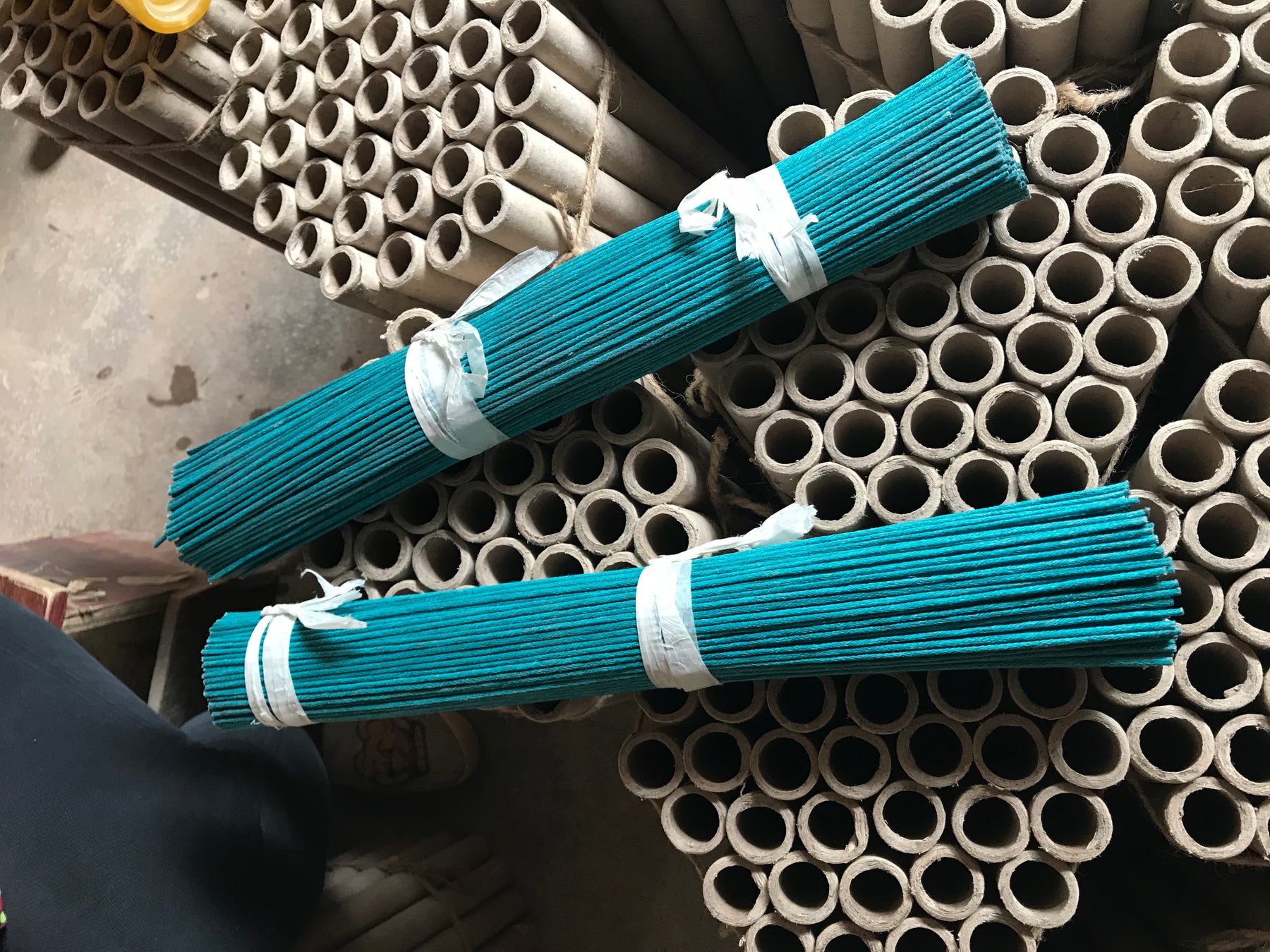
HOW IS FIREWORK FUSE MADE?
Visco fuse is renowned globally for its safety, reliability, and ease of use. While it is typically identifiable by its green or red coloring, it can also come in various hues such as pink and blue. Unlike dynamite fuse, visco is 2-3MM thick and contains a black powder core, burning with a visible flame and capable of burning underwater.
Visco is composed of three external layers: the first being a simple string wound around the black powder core, followed by a second string core wrapped in the opposite direction to prevent unraveling. The third and final layer is a low-nitrate nitrocellulose lacquer that not only reinforces the fuse but also waterproofs it, preventing the black powder core from deteriorating.
Several types of visco exist for different purposes. Cannon fuse, for instance, is often thicker to promote a more controlled burn and enhance waterproofing. Flying fish, a modified form of visco used primarily in fireworks, differs in that its inner core composition produces a metallic spark in conjunction with or instead of black powder. This results in the fuse contributing to the overall effect of the firework. Lighting a short piece of flying fish visco on the ground can cause it to jump up into the air, shoot off in various directions, and emit noise and sparks. Impressive displays can be achieved by using large shells filled with flying fish visco.

Leave a comment